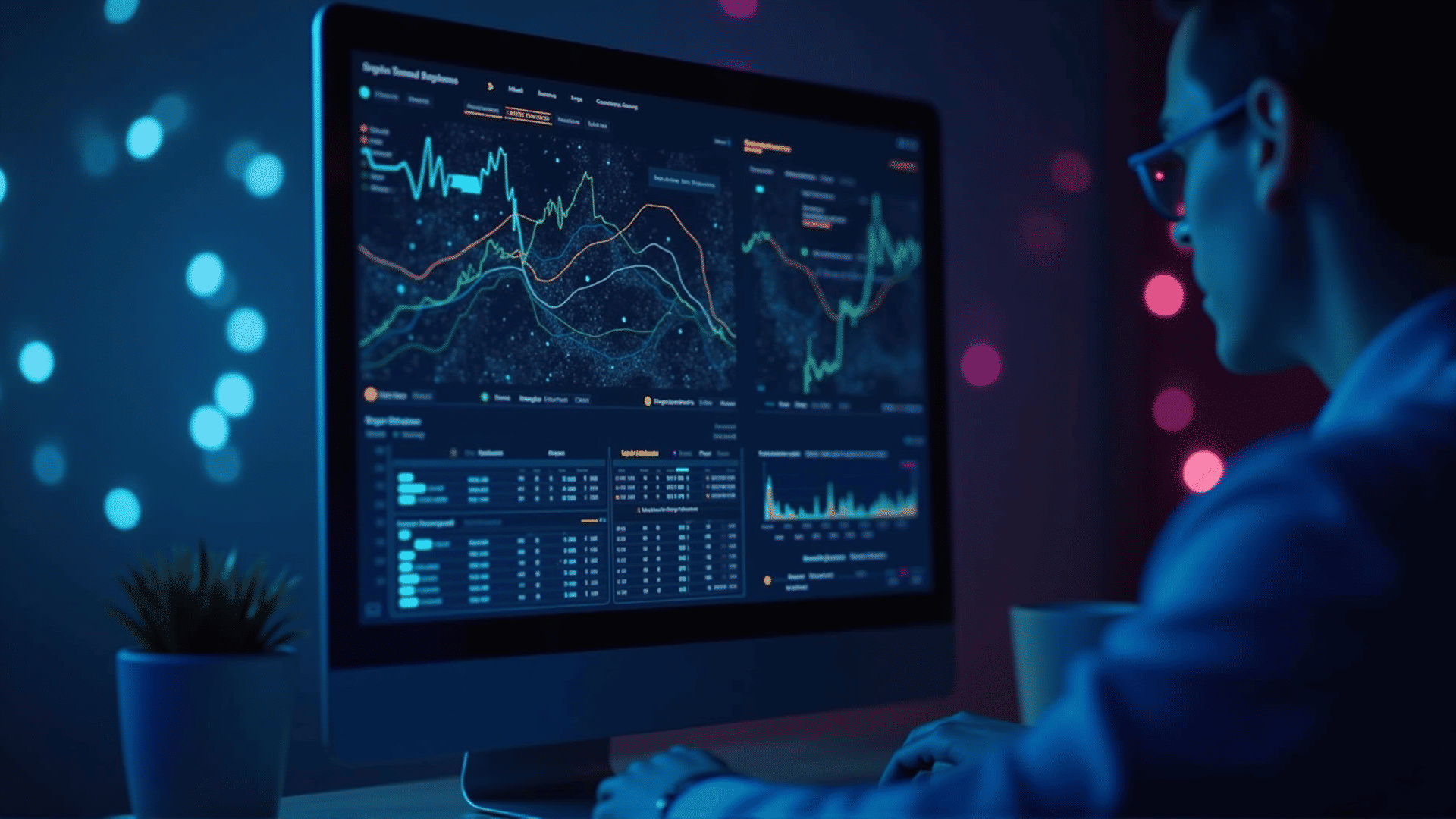In an era where data is generated at an exponential rate, organizations face the monumental task of sifting through vast seas of information to distill actionable insights. As markets rapidly evolve, the ability to react quickly and make informed decisions is no longer merely advantageous but a competitive necessity. Enter AI-powered analytics—a revolutionary approach that allows businesses to harness the full potential of their data and gain unparalleled insights into market trends.
At its core, AI-powered analytics employs advanced algorithms and machine learning techniques to automate the data analysis process. This sophisticated use of artificial intelligence can sift through volumes of data far beyond human capability, uncovering patterns and trends that would otherwise remain hidden. Consequently, companies can anticipate changes, respond to consumer demands, and make strategic decisions based on empirical evidence rather than intuition alone.
The strength of AI analytics lies in its ability to handle both structured and unstructured data, encompassing everything from numerical figures in databases to textual information from social media platforms. By processing this diverse data spectrum, AI provides a holistic view of market dynamics, revealing customer preferences and emerging trends. This comprehensive understanding enables businesses to refine their strategies, tailor their offerings, and enhance customer experiences.
One of the significant advantages of AI analytics is its real-time processing capability. In earlier times, data analysis might take days or weeks, leading to outdated insights by the time they were finally available. AI algorithms, however, can analyze data in real-time, providing businesses with immediate feedback and allowing them to act swiftly and decisively. This agility is crucial in today’s fast-paced markets, where trends can shift overnight.
Moreover, AI-powered analytics enhances predictive capabilities. Machine learning models can forecast future market behaviors by analyzing historical data and identifying influential variables. This predictive power enables businesses to plan ahead, allocating resources efficiently and reducing risks associated with market fluctuations. Savvy companies can thus maintain a competitive edge by preparing for opportunities and challenges before they arise.
Beyond market trends, AI analytics also fosters a deeper understanding of consumer behavior. By integrating data from various touchpoints, AI can construct detailed consumer profiles, deducing preferences, and even predicting future purchasing intents. This granular insight allows for the personalization of marketing campaigns, product recommendations, and customer interaction strategies, ultimately driving higher engagement and loyalty.
However, the deployment of AI-powered analytics is not without challenges. The initial setup requires considerable investment in technology and skilled personnel to implement and maintain sophisticated systems. Moreover, ensuring data privacy and meeting regulatory requirements is paramount as companies handle sensitive information. Despite these hurdles, the long-term benefits of adopting AI analytics often outweigh the initial challenges, promising significant returns on investment.
In conclusion, AI-powered analytics stands as a transformative force in the realm of data analysis, enabling businesses to decode massive datasets and extract invaluable insights into market trends. As AI technology continues to advance, its potential applications will only broaden, further empowering organizations to navigate the complexities of modern markets with precision and confidence. By embracing these advanced analytical tools, companies are not just keeping pace with today's business environment; they are positioning themselves as leaders in tomorrow's competitive landscape.
